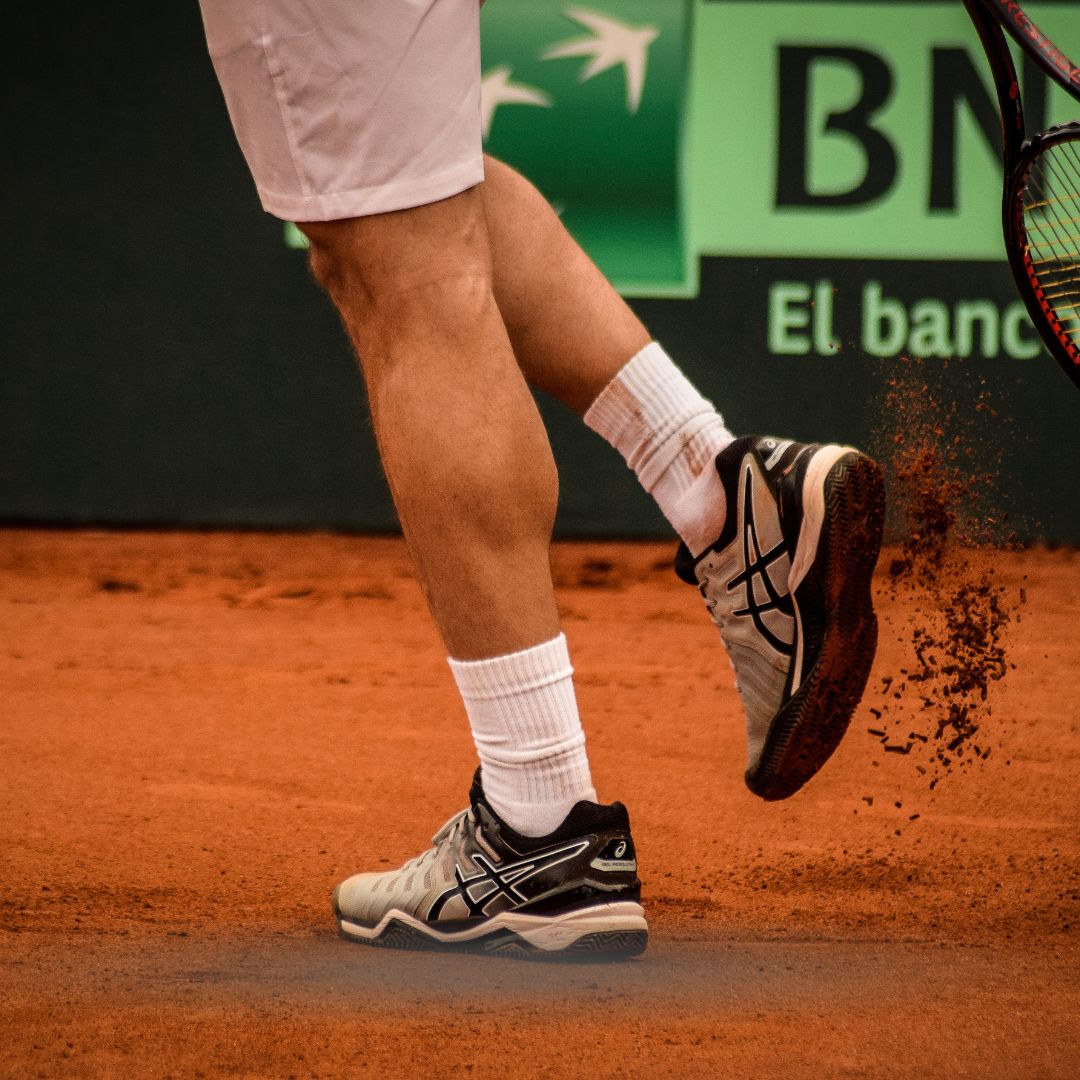9 Brilliant Ways on How to Stretch Shoes Comfortably and Effectively
Finding the perfect pair of shoes can be exciting—until they pinch your toes or rub your heels. If you’ve ever struggled with tight footwear, learning how to stretch shoes can make all the difference. Stretching shoes not only makes them more comfortable but also extends their lifespan and prevents painful blisters.
In this comprehensive guide, you’ll discover how to stretch shoes safely, efficiently, and without damaging them. We’ll explore home methods, professional techniques, and practical tips for every shoe type.
Introduction: Why Learning How to Stretch Shoes Matters
Shoes are an essential part of daily life, but an ill-fitting pair can cause serious discomfort. Whether it’s new leather boots or sneakers that feel snug, understanding how to stretch shoes can transform the experience.
The Science Behind Shoe Stretching
Most materials—leather, suede, canvas, and even synthetic fabrics—contain fibers that expand slightly when exposed to moisture, heat, or pressure. By applying the right method, you can make shoes up to half a size larger without altering their shape or quality.
When Should You Stretch Shoes?
You might need to learn how to stretch shoes if:
- Your new shoes feel too tight around the toes or heels.
- You’re between sizes and can’t find the perfect fit.
- You suffer from bunions, corns, or wide feet.
- You want to wear thicker socks for comfort.
Stretching shoes is an affordable solution that can save you from returning or replacing new footwear.
Understanding the Materials Before Stretching
Not all shoes react the same way to stretching. Knowing your shoe’s material is key to choosing the right technique.
Leather Shoes
Leather is one of the easiest materials to stretch because it’s naturally flexible. If you want to know how to stretch shoes made of leather, gentle heat and moisture can help the fibers relax.
Suede Shoes
Suede requires more care. It can stretch beautifully when treated properly but may stain if exposed to excessive moisture.
Canvas Shoes
Canvas sneakers can be stretched using heat and wear methods, but they’re less elastic than leather.
Synthetic Materials
Faux leather and plastic-based fabrics are difficult to stretch permanently. In these cases, minor expansion through heat or shoe stretchers can help.
Simple Home Methods on How to Stretch Shoes
You don’t need expensive equipment to make shoes more comfortable. Here are proven home methods that show how to stretch shoes quickly and safely.
1. The Freezer Method
This is one of the most popular tricks for learning how to stretch shoes naturally.
Steps:
- Fill two zip-lock bags halfway with water.
- Place the bags inside the tight areas of your shoes.
- Put the shoes in the freezer overnight.
- As water freezes, it expands, gently stretching the material.
- Remove the bags and let the shoes thaw before trying them on.
Works Best For:
Leather and fabric shoes.
Caution:
Avoid this method with delicate or suede shoes, as moisture can damage them.
2. The Hair Dryer Method
Heat softens shoe fibers, making them easier to expand.
Steps:
- Wear thick socks and put on your tight shoes.
- Use a hair dryer on medium heat for 20–30 seconds on each tight area.
- Move your toes and flex your feet as you heat.
- Keep the shoes on until they cool down.
Works Best For:
Leather, suede, and synthetic materials.
This is one of the fastest ways to master how to stretch shoes using items you already own.
3. The Thick Sock Method
Sometimes, the simplest method works best.
Steps:
- Put on one or two pairs of thick socks.
- Wear the shoes indoors for 30 minutes to an hour.
- Repeat daily until the shoes feel comfortable.
Works Best For:
All shoe types.
This gradual method teaches how to stretch shoes gently without risk of damage.
4. Using Shoe Stretch Spray
Commercial stretch sprays soften the shoe fibers for easier expansion.
Steps:
- Spray the inside and outside of the tight areas.
- Put on thick socks and wear the shoes for 30–40 minutes.
- Repeat as necessary for best results.
Works Best For:
Leather and suede shoes.
A good stretch spray is a go-to product for anyone learning how to stretch shoes professionally.
5. The Shoe Stretcher Tool
If you’re serious about stretching shoes perfectly, invest in a shoe stretcher.
Steps:
- Insert the shoe stretcher into your shoe.
- Adjust the knobs to increase width or length.
- Leave it overnight or for 24 hours.
- Remove and test the fit.
Works Best For:
All materials, especially leather and formal shoes.
A shoe stretcher gives precise control and is ideal for people who frequently need to adjust their footwear.
6. The Steam Method
Steam can loosen fibers quickly.
Steps:
- Boil water and hold your shoes about 6 inches above the steam.
- Rotate slowly for 1–2 minutes.
- Wear thick socks and put the shoes on immediately.
Works Best For:
Leather and canvas shoes.
When used correctly, steam offers a safe and effective way of understanding how to stretch shoes without special tools.
7. Alcohol and Water Solution
A 50-50 mix of rubbing alcohol and water works wonders on tight shoes.
Steps:
- Spray or dab the solution inside the shoes.
- Wear them until they dry naturally.
Works Best For:
Leather and suede.
This DIY solution is inexpensive and highly effective for those learning how to stretch shoes at home.
8. Stuffing the Shoes Overnight
A classic, no-heat method that works while you sleep.
Steps:
- Fill the shoes tightly with newspaper, socks, or clothes.
- Leave them overnight to allow expansion.
Works Best For:
Canvas, leather, and synthetic shoes.
This gradual stretching method shows that how to stretch shoes doesn’t always require fancy gadgets.
9. Professional Shoe Stretching Services
If you don’t want to risk DIY methods, a professional cobbler can help.
What Professionals Do:
- Use mechanical stretchers designed for precision.
- Apply specialized softening sprays.
- Measure pressure points accurately.
When to Choose This Option:
For expensive or delicate shoes, professional help ensures safe results.
Experts know how to stretch shoes perfectly without compromising material quality.

Stretching Shoes for Specific Materials
Leather Shoes
Leather responds beautifully to most stretching methods, especially heat and moisture. Always condition the leather afterward to prevent cracking.
Suede Shoes
When learning how to stretch shoes made of suede, use minimal moisture and consider a shoe spray designed for delicate materials.
Canvas Shoes
Heat and wear methods are safest for canvas sneakers. Avoid soaking or freezing for extended periods.
Synthetic Shoes
Use gentle heat and mechanical stretchers. Avoid aggressive methods, as synthetic materials can warp or melt.
How to Stretch Shoes for Different Purposes
Stretching for Width
If shoes are too narrow, focus on methods like the shoe stretcher, freezing, or sock-wearing techniques.
Stretching for Length
Use a shoe stretcher with adjustable toe blocks or stuff the shoes overnight for gradual lengthening.
Stretching for Toes or Heels
Target problem areas with sprays, steam, or a local heating method. A search for how to stretch shoes for toes often ends with a heat-and-wear combination.
How to Stretch Different Shoe Types
Sneakers
Heat and wear methods are most effective. Avoid water exposure.
Leather Boots
Professional stretchers or boot stretch sprays work best. Conditioning afterward is essential.
Heels and Dress Shoes
Use shoe stretchers specifically designed for narrow or pointed shoes.
Sandals
Most sandals can’t be stretched significantly, but adjustable straps and softening sprays can help.
Hiking or Sports Shoes
Wear them with thick socks for short periods to gradually loosen them.
Mistakes to Avoid When Stretching Shoes
Even when you know how to stretch shoes, it’s easy to make mistakes.
Overheating
Too much heat can damage glue, discolor fabrics, or warp synthetic materials.
Overstretching
Pushing a shoe beyond its limit can ruin its shape and structure.
Ignoring Aftercare
After stretching, shoes need conditioning or airing to maintain quality.
Using Excessive Moisture
Avoid soaking shoes; moisture can lead to mold, stains, and odor.
By avoiding these pitfalls, you’ll ensure safe and effective results.
Long-Term Tips for Maintaining Comfort
Learning how to stretch shoes is just the start—keeping them comfortable matters just as much.
Use Shoe Trees
Insert wooden shoe trees when not wearing them. They help maintain shape and slight stretch.
Rotate Your Shoes
Wearing the same pair daily causes uneven wear and tightness. Rotate between pairs regularly.
Use Insoles or Cushions
Custom insoles can improve comfort and adjust minor fit issues.
Condition Leather Regularly
Moisturizing prevents cracks and keeps leather supple for future stretching.
When to Replace Instead of Stretch
Sometimes, stretching isn’t enough. Replace your shoes if:
- The seams start to tear.
- The sole detaches or cracks.
- The upper material loses integrity.
Even after learning how to stretch shoes, knowing when to let go keeps your feet healthy.
The Benefits of Stretching Shoes
- Enhanced comfort and fit.
- Reduced risk of blisters and pain.
- Increased shoe lifespan.
- Improved posture and foot health.
- Cost savings by avoiding replacements.
Understanding how to stretch shoes offers both comfort and value.
Fun Facts About Shoe Stretching
- Ancient cobblers used wooden molds to expand leather sandals.
- Some high-end brands design shoes intentionally tight, expecting natural stretching.
- Modern cobblers use hydraulic stretchers for precise width expansion.
FAQ Section
Q1: What’s the best way to stretch shoes quickly?
A1: The hair dryer and thick-sock method is the fastest and safest for most materials.
Q2: Can all shoes be stretched?
A2: Most can be, but synthetic materials stretch less than leather or suede.
Q3: How much can shoes stretch?
A3: Typically, up to half a size in width or length without damage.
Q4: Is freezing shoes safe?
A4: Yes, if done carefully and with waterproof bags. Avoid using this method on suede.
Q5: How do professionals stretch shoes?
A5: Cobblers use mechanical stretchers and specialized sprays for even, controlled stretching.
Q6: Can I stretch new shoes before wearing them?
A6: Yes, pre-stretching prevents blisters and ensures a better fit from the start.
Q7: Will stretching ruin my shoes?
A7: Not if done correctly. Follow material-specific methods and avoid excessive force or heat.
Q8: How do I stretch shoes for wide feet?
A8: Use a shoe stretcher and focus on width adjustment knobs, or try the thick-sock method.
Q9: How often should I stretch my shoes?
A9: Only when they feel tight; once stretched, most shoes retain their new shape permanently.
Conclusion
Learning how to stretch shoes empowers you to make every pair fit perfectly. From DIY freezer tricks to professional cobbler services, there’s a solution for every shoe type and material. Whether it’s leather boots, sneakers, or formal heels, stretching can save you pain, time, and money.
With these 9 brilliant ways on how to stretch shoes, you can enjoy comfort and confidence with every step—without ever compromising style or quality.

